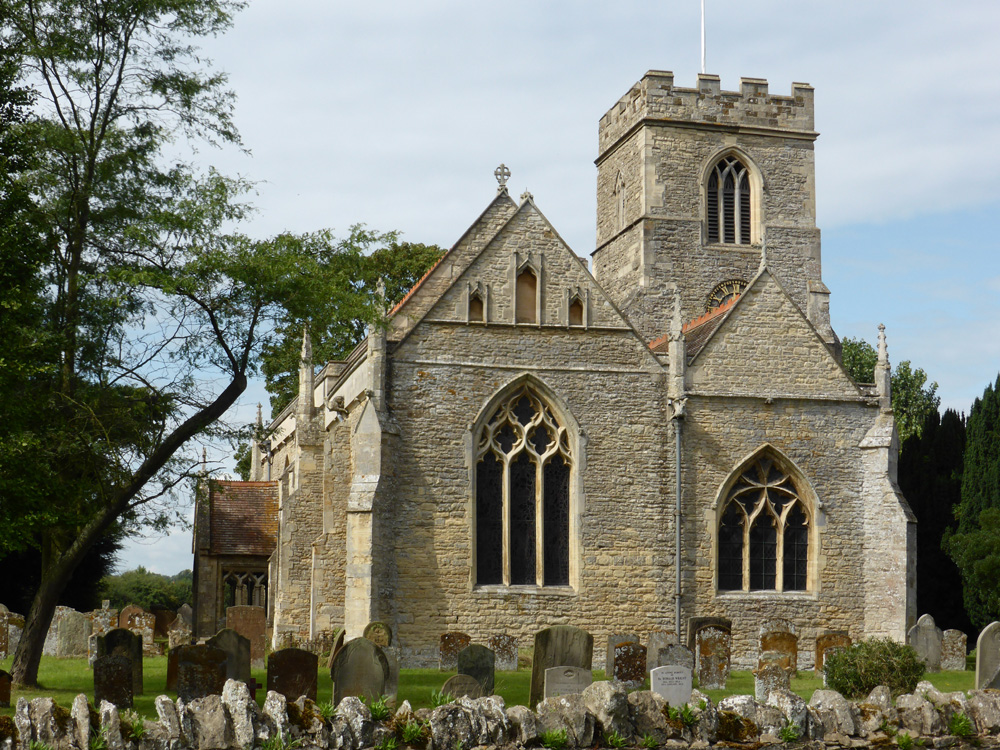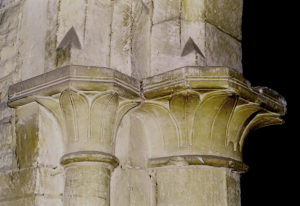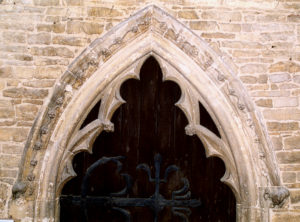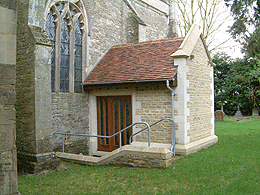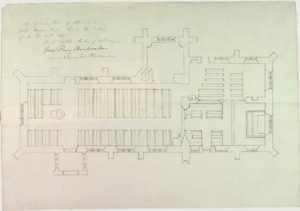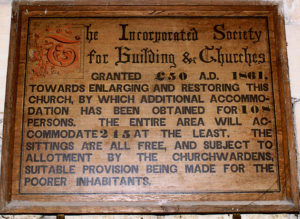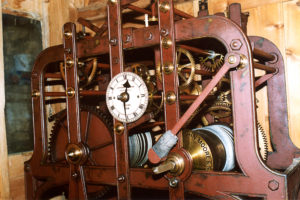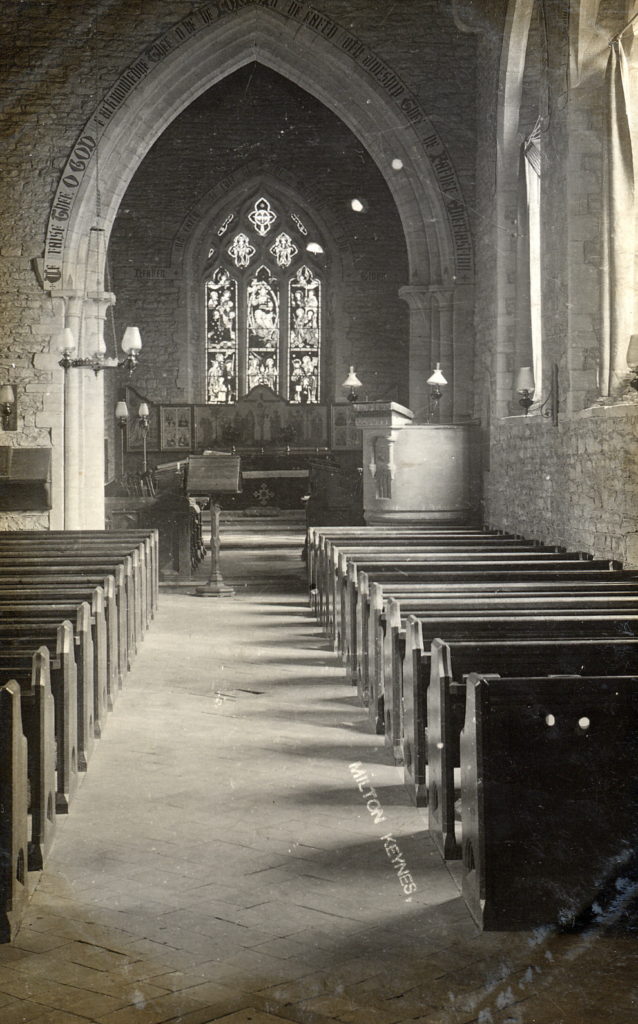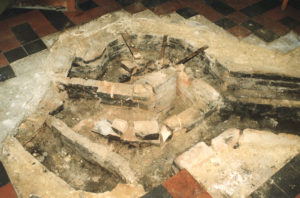Nothing is known of the first church to be built in Milton Keynes, but it seems possible that it was in the vicinity of the Saxon burial ground discovered in 1992 close to the old Rectory. The earliest known church in the present location on the opposite side of Willen Road from the Rectory, dates from about 1200. Most of the glebe land owned by the church was on the east side of the road adjacent to the Rectory, so it seems possible that the ancient church was there, although of course we cannot be certain.
Of the church built in about 1200, very little remains except the chancel arch which has handsome late Norman / Early English capitals. The present structure dates from an extensive rebuilding undertaken in about 1330 by the lord of the manor Philip de Aylesbury. It would seem that he was a man of considerable means because the church he built has expensive detailing in the masonry which would more often have been found in much more important buildings.
It has a very unconventional layout with the chancel arch off-centre from the nave. We cannot be certain why this was done, but it seems possible that the earlier (1200) church had a north aisle with an arcade of pillars, and when the rebuild was done it was decided to incorporate the aisle into the nave. In any event it enabled Philip de Aylesbury (or more likely his immediate heirs) to build a large chantry chapel to the north of the Chancel where masses could be said for the repose of his soul. The tracery of the windows and many other features make All Saints a very good example of a church of the Decorated period.
In 2009 a new ‘porch’ was added outside the north door of the nave to house two toilets (one for disabled use). This modern addition, which closely matches the style of the church in its exterior design, was made necessary by modern expectations of a public building and would not have been deemed necessary in 1330! Excavations necessary for the drains exposed a number of old graves. These bones were duly reburied and are marked by a large flat stone alongside the main path near the gate.
For details of current church activities please visit the church website

